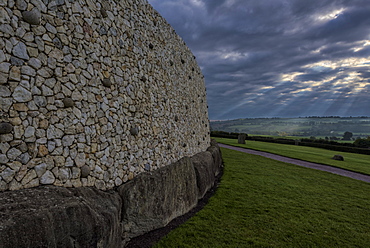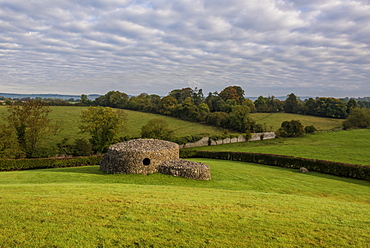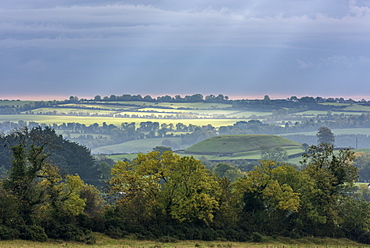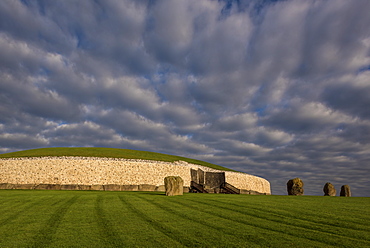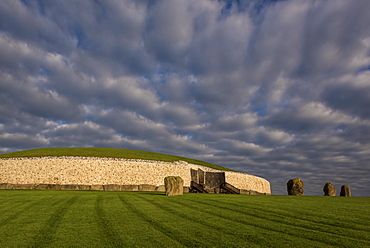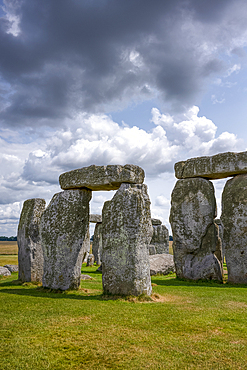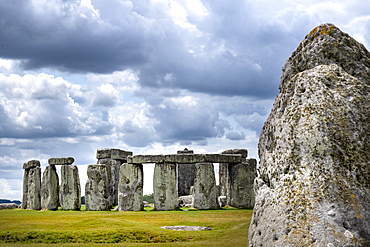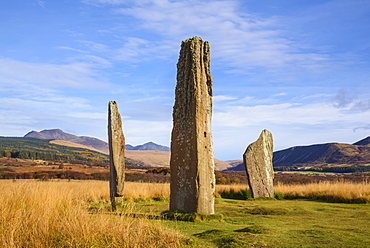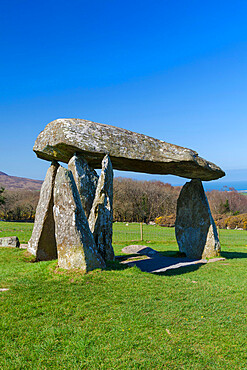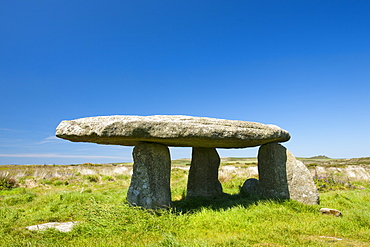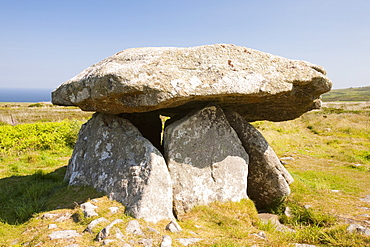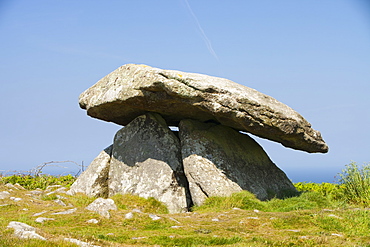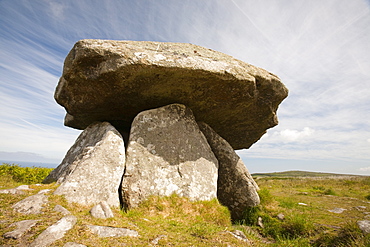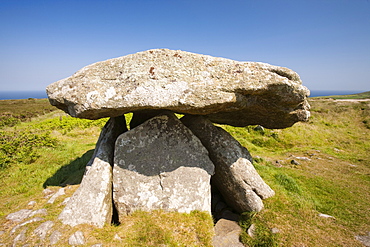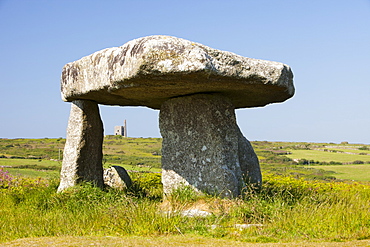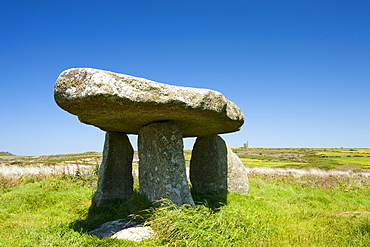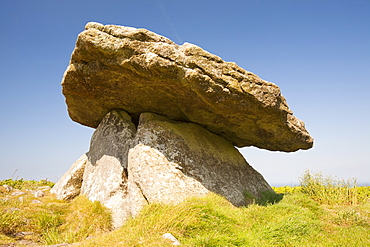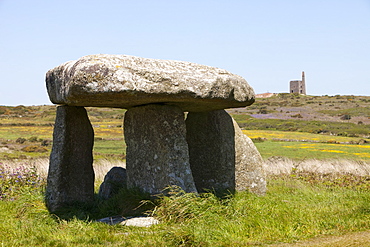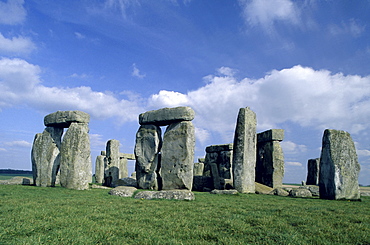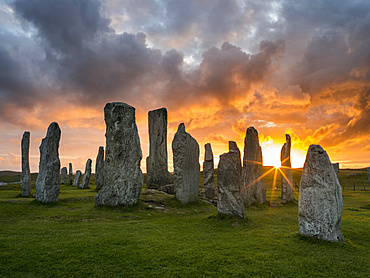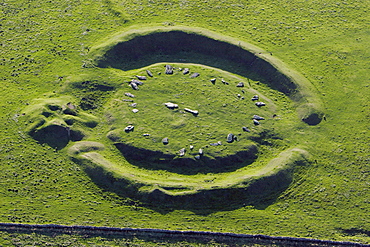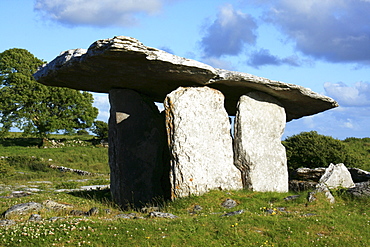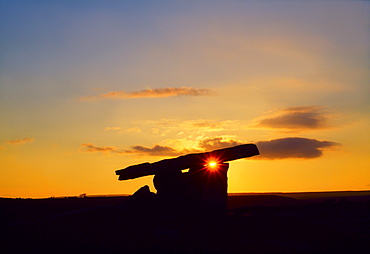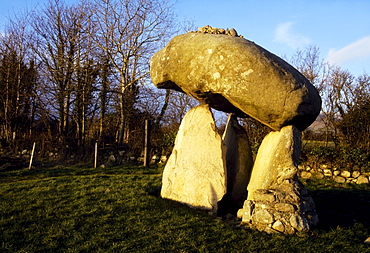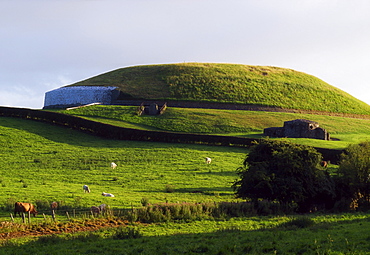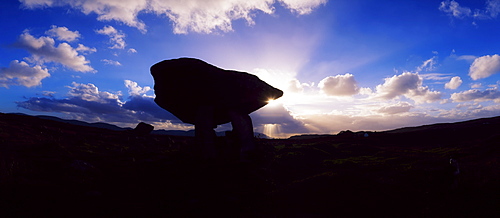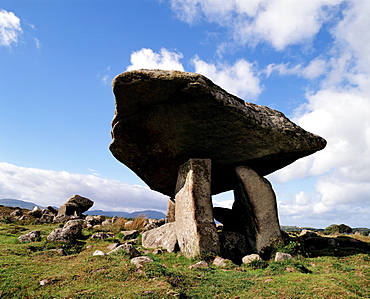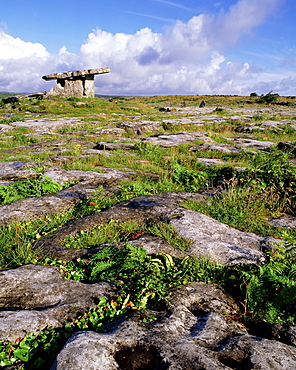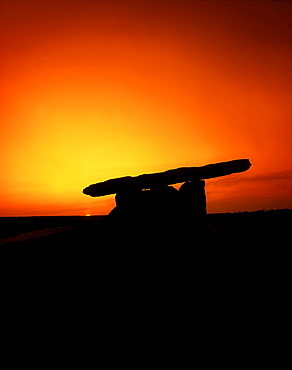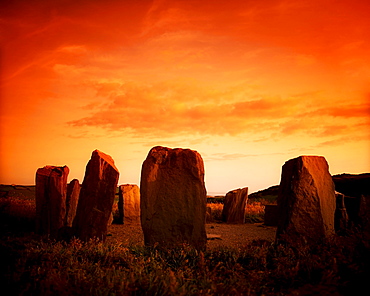Results
23 results found
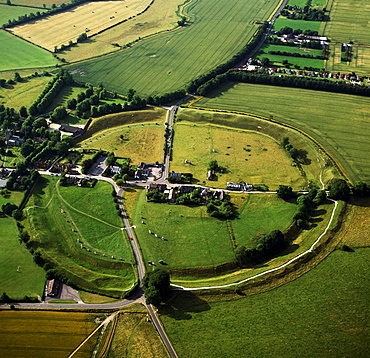
Aerial image of Avebury, Neolithic Monument, site of a large henge and several stone circles, UNESCO World Heritage Site, Wiltshire, England, United Kingdom, Europe
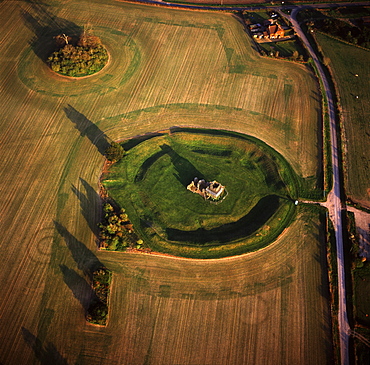
Aerial image of Knowlton Henge, a Neolithic henge monument, and Knowlton Church, a ruined Norman church, Dorset, England, United Kingdom, Europe

Neolothic stone circle of granite boulders, Cromeleque dos Almendres, Evora district, Alentejo, Portugal, Europe
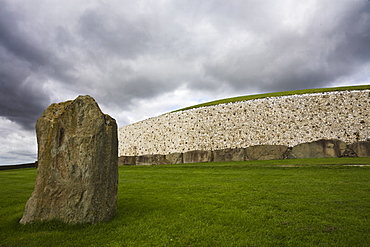
Ancient Burial Mound, Newgrange, UNESCO World Heritage Site, County Meath, Republic of Ireland (Eire), Europe
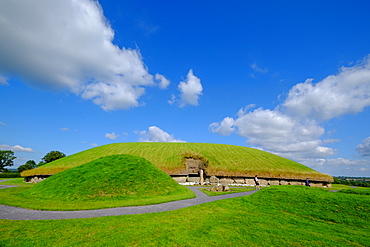
Knowth, a Neolithic passage grave, ancient monument, UNESCO World Heritage Site of the Bru na Boinne, Drogheda, County Louth, Leinster, Republic of Ireland, Europe
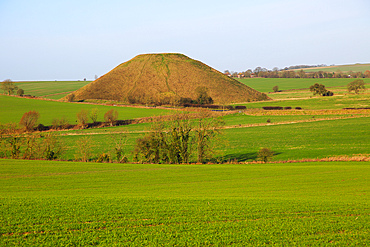
Silbury Hill neolithic site, the largest prehistoric manmade structure in Europe, Wiltshire, England, United Kingdom, Europe
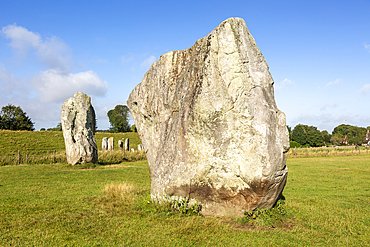
Standing stones in south east quadrant neolithic stone circle henge prehistoric monument, Avebury, UNESCO World Heritage Site, Wiltshire, England, United Kingdom, Europe
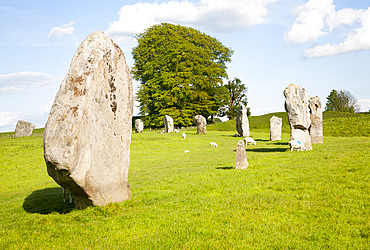
Neolithic stone circle and henge at Avebury, UNESCO World Heritage Site, Wiltshire, England, United Kingdom, Europe
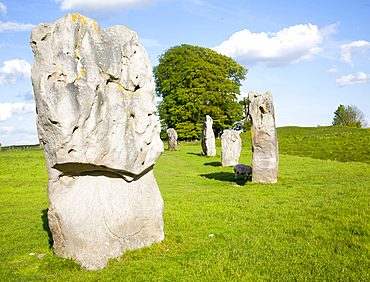
Neolithic stone circle and henge at Avebury, UNESCO World Heritage Site, Wiltshire, England, United Kingdom, Europe
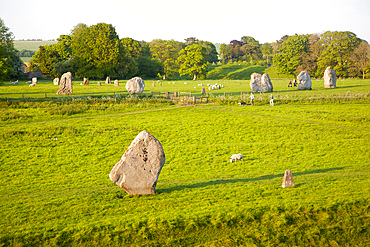
Neolithic stone circle and henge at Avebury, UNESCO World Heritage Site, Wiltshire, England, United Kingdom, Europe
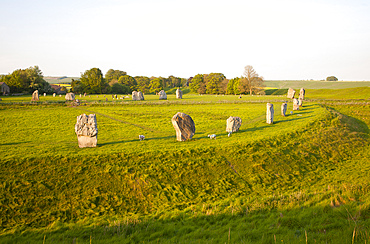
Neolithic stone circle and henge at Avebury, UNESCO World Heritage Site, Wiltshire, England, United Kingdom, Europe
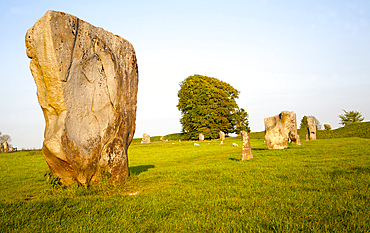
Neolithic stone circle and henge at Avebury, UNESCO World Heritage Site, Wiltshire, England, United Kingdom, Europe
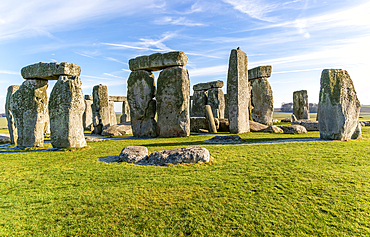
Standing stones of Neolithic henge, Stonehenge, UNESCO World Heritage Site, Wiltshire, England, United Kingdom, Europe
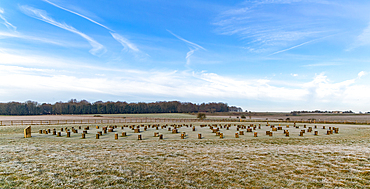
Frosty cold weather and posts of Neolithic henge site, Woodhenge, Wiltshire, England, United Kingdom, Europe
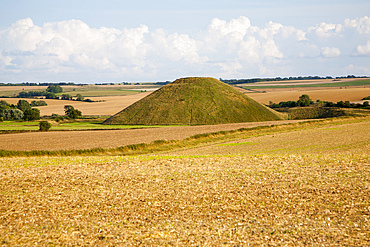
Silbury Hill, the largest man made mound in Europe dating from the Neolithic period, near Avebury, Wiltshire, England, United Kingdom, Europe
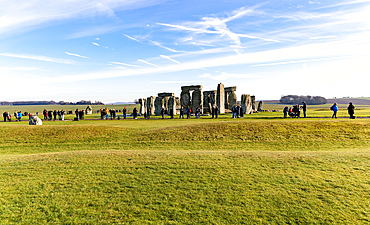
Tourists view standing stones of Neolithic henge, Stonehenge, UNESCO World Heritage Site, Wiltshire, England, United Kingdom, Europe
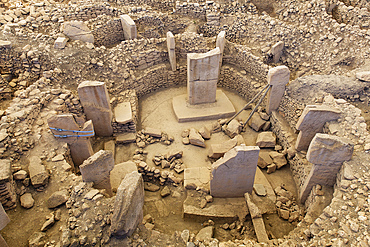
Large circular structures with massive stone pillars, Gobekli Tepe Neolithic archaeological site dating from 10 millennium BC, UNESCO World Heritage Site, Potbelly Hill, Sanliurfa, Turkey, Asia Minor, Asia
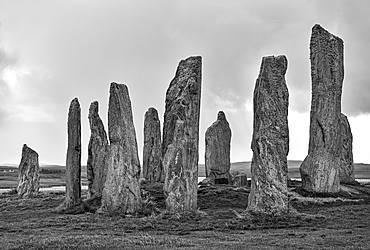
The Callanish (Calanais) Standing Stones, the Neolithic monument in Callanish, Isle of Lewis, Outer Hebrides, Scotland, United Kingdom, Europe
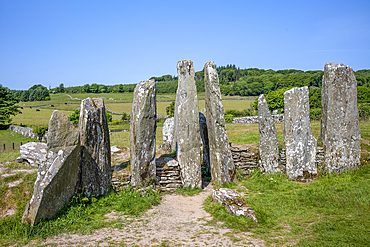
The neolithic Cairnholy 11 Chambered Cairn is an ancient tomb on a hillside overlooking Wigtown Bay in Dumfries and Galloway, United Kingdom
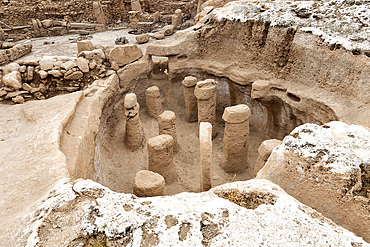
Neolithic archaeological site of Karahan Tepe, circular stone structure with T Shape pillars, Sanliurfa, Turkey, Asia Minor, Asia
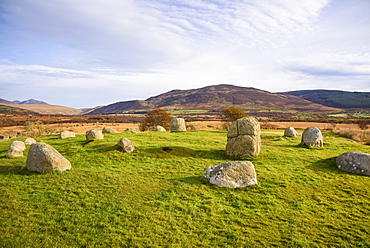
Fingals Cauldron, Machrie Moor stone circles, Isle of Arran, North Ayrshire, Scotland, United Kingdom, Europe
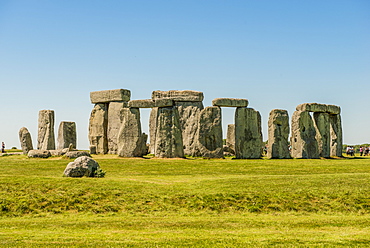
Stonehenge Neolithic monument, UNESCO World Heritage Site, Salisbury Plain, Salisbury, Wiltshire, England, United Kingdom, Europe
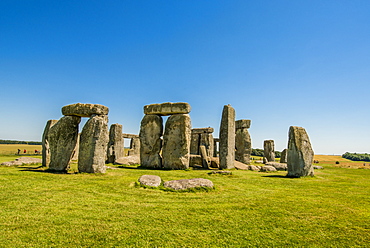
Stonehenge Neolithic monument, UNESCO World Heritage Site, Salisbury Plain, Salisbury, Wiltshire, England, United Kingdom, Europe
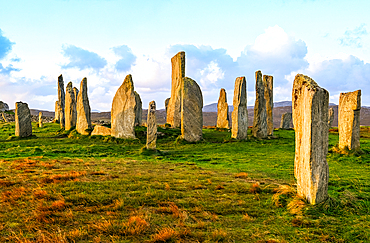
Sunrise over Callanish (Calanais) Standing Stones, the Neolithic monument in Callanish, Isle of Lewis, Outer Hebrides, Scotland, United Kingdom, Europe

Naveta d'Es Tudon, megalithic chamber tomb, 1130-820 BC, Menorca, Balearic Islands, Spain, Mediterranean, Europe
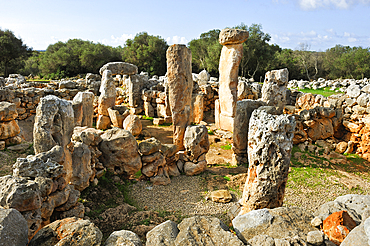
South section of Torre d'en Galmes, a Talayotic site on the island of Menorca, Balearic Islands, Spain, Mediterranean, Europe
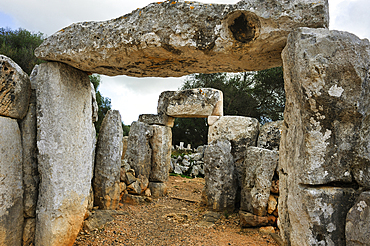
South section of Torre d'en Galmes, a Talayotic site on the island of Menorca, Balearic Islands, Spain, Mediterranean, Europe
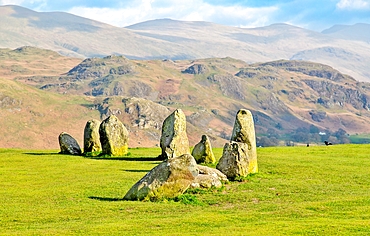
The Neolithic Castlerigg Stone Circle dating from around 3000 BC, near Keswick, Lake District National Park, UNESCO World Heritage Site, Cumbria, England, United Kingdom, Europe
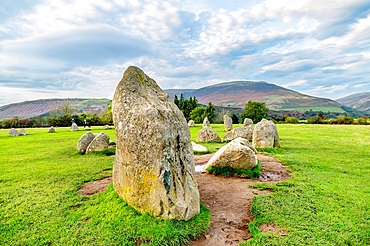
The Neolithic Castlerigg Stone Circle dating from around 3000 BC, near Keswick, Lake District National Park, UNESCO World Heritage Site, Cumbria, England, United Kingdom, Europe
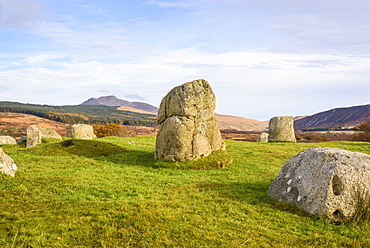
Fingals Cauldron, Machrie Moor stone circles, Isle of Arran, North Ayrshire, Scotland, United Kingdom, Europe
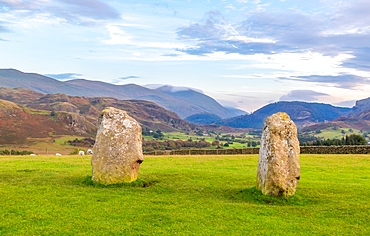
The Neolithic Castlerigg Stone Circle dating from around 3000 BC, near Keswick, Lake District National Park, UNESCO World Heritage Site, Cumbria, England, United Kingdom, Europe
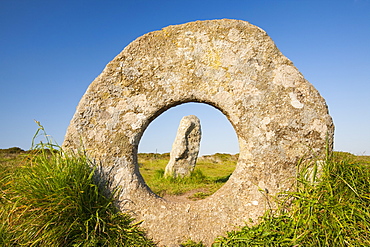
The famous Men an Tol stone near St. Just, a late Neolithic monument in Cornwall, England, United Kingdom, Europe
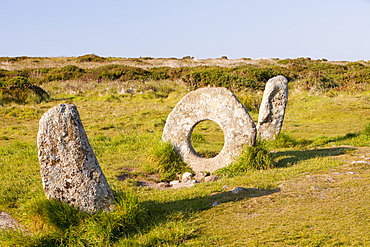
The famous Men an Tol stone near St. Just, a late Neolithic monument in Cornwall, England, United Kingdom, Europe
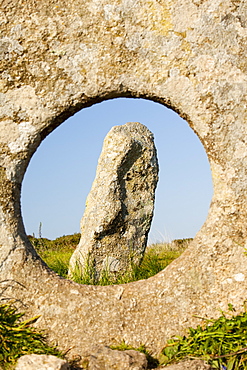
The famous Men an Tol stone near St. Just, a late Neolithic monument in Cornwall, England, United Kingdom, Europe
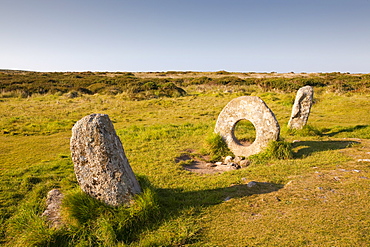
The famous Men an Tol stone near St. Just, a late Neolithic monument in Cornwall, England, United Kingdom, Europe
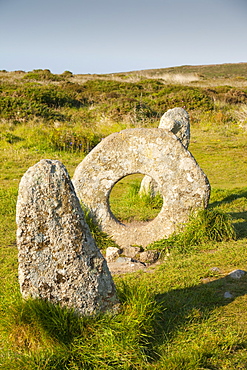
The famous Men an Tol stone near St. Just, a late Neolithic monument in Cornwall, England, United Kingdom, Europe
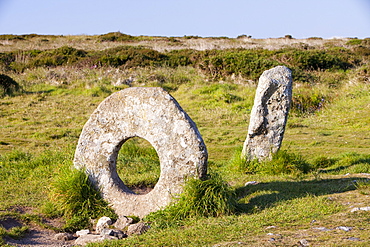
The famous Men an Tol stone near St. Just, a late Neolithic monument in Cornwall, England, United Kingdom, Europe
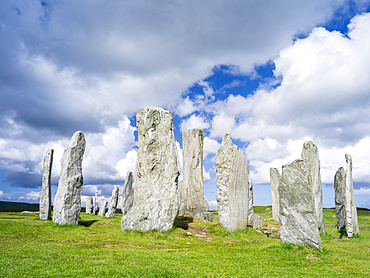
Standing Stones of Callanish (Callanish 1) on the Isle of Lewis in the Outer Hebrides. The megalithic monument is cross shaped with a central ring of stones and was buildt between 2900 and 2600 BC. It is probably oriented towards the moon not the sun. Europe, Scotland, July
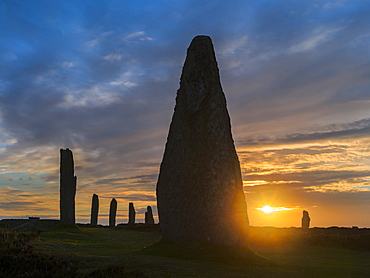
Ring of Brodgar, part of the UNESCO world heritage site Heart of Neolithic Orkney. This neolithic henge monument and stone circle is one of the main attractions of the Orkney Islands. europe, central europe, northern europe, united kingdom, great britain, scotland, northern isles,orkney islands, June

Standing Stones of Callanish (Callanish 1) on the Isle of Lewis in the Outer Hebrides. The megalithic monument is cross shaped with a central ring of stones and was buildt between 2900 and 2600 BC. It is probably oriented towards the moon not the sun. Europe, Scotland, July

Standing Stones of Callanish (Callanish 1) on the Isle of Lewis in the Outer Hebrides. The megalithic monument is cross shaped with a central ring of stones and was buildt between 2900 and 2600 BC. It is probably oriented towards the moon not the sun. Europe, Scotland, July

Standing Stones of Callanish (Callanish 1) on the Isle of Lewis in the Outer Hebrides. The megalithic monument is cross shaped with a central ring of stones and was buildt between 2900 and 2600 BC. It is probably oriented towards the moon not the sun. Europe, Scotland, July
